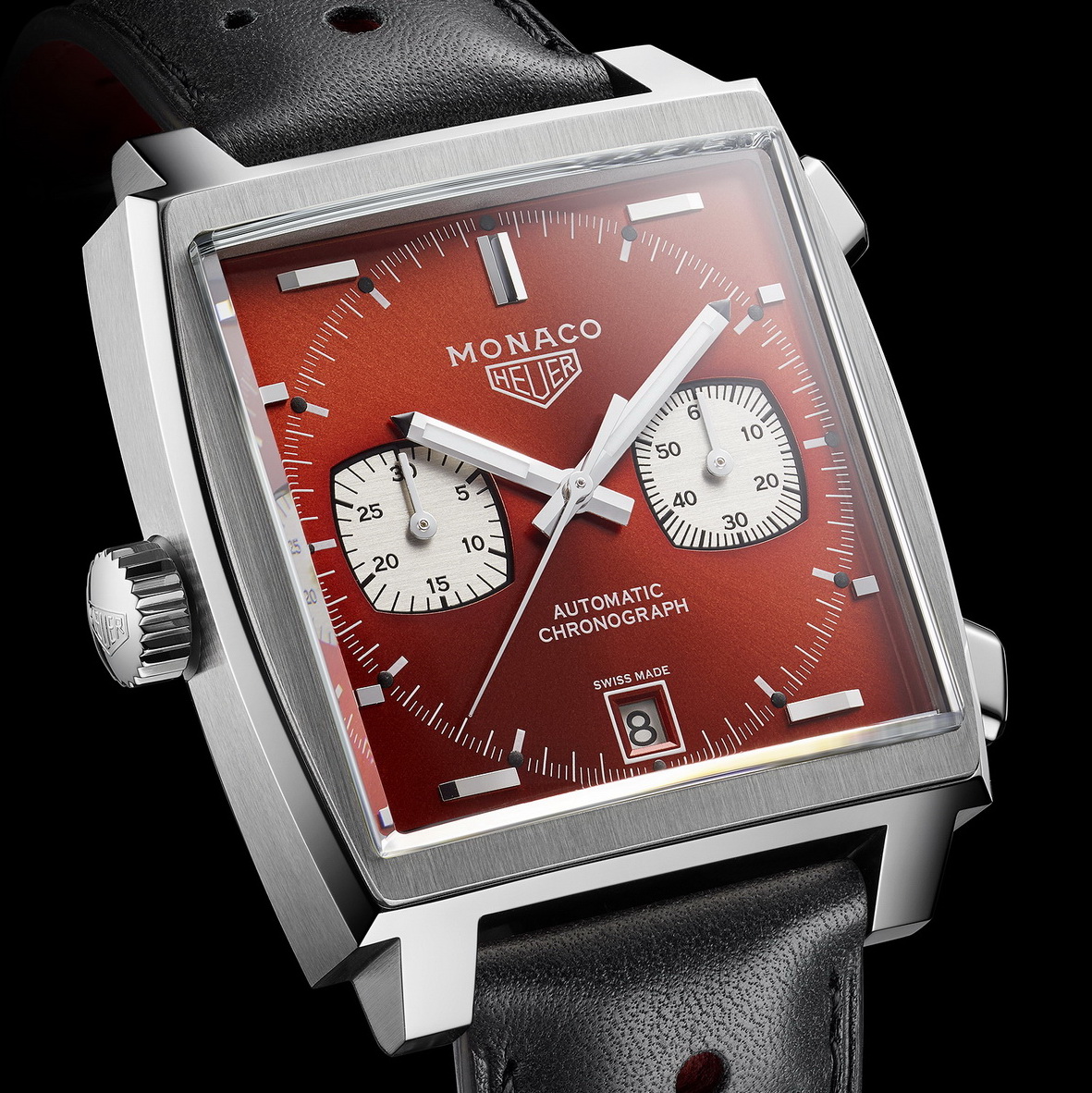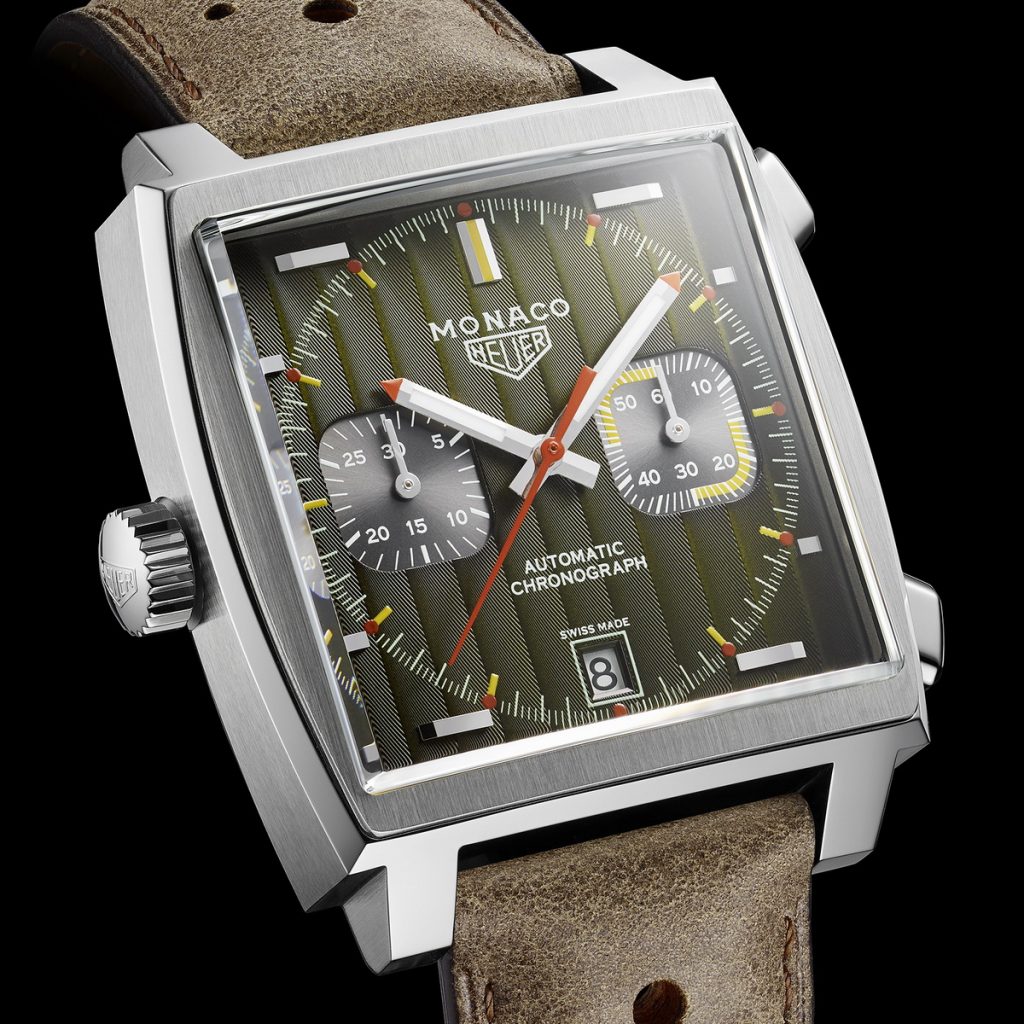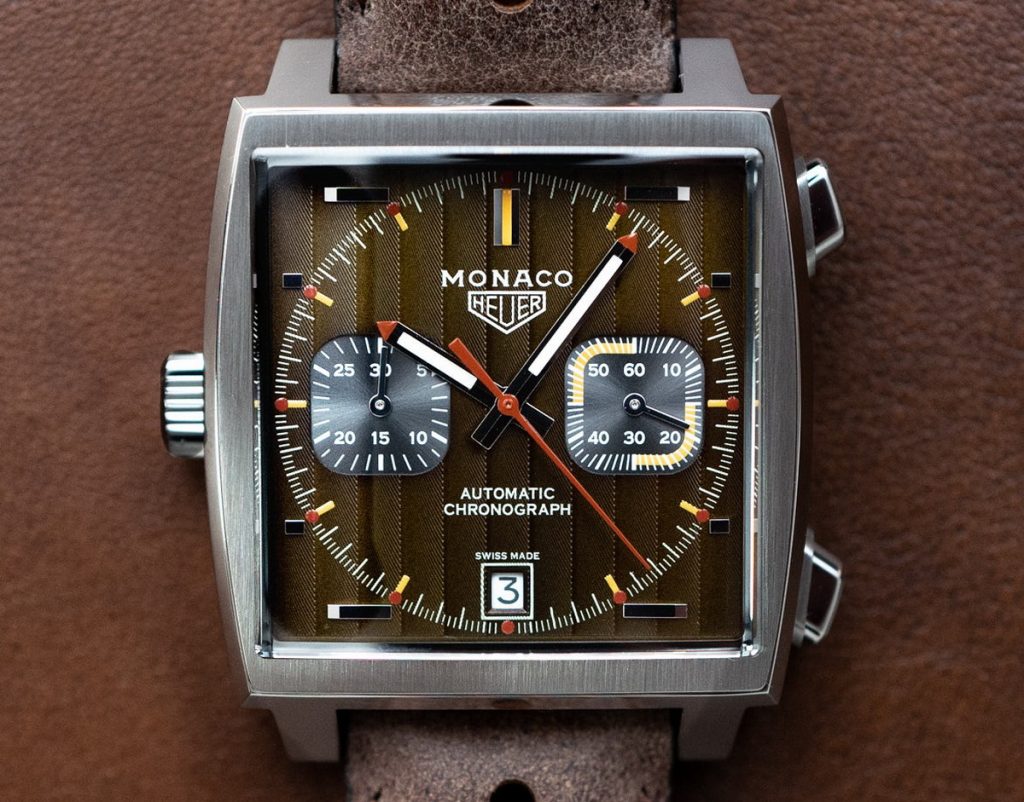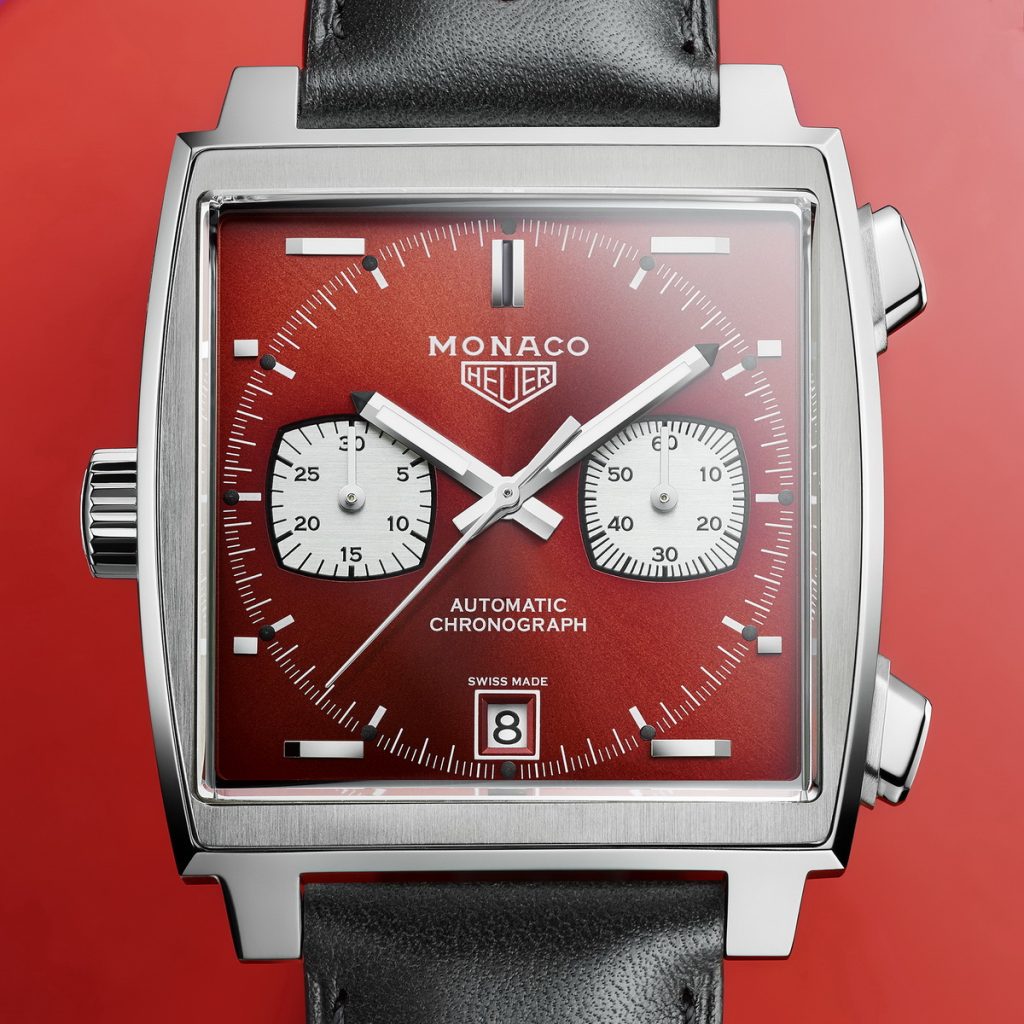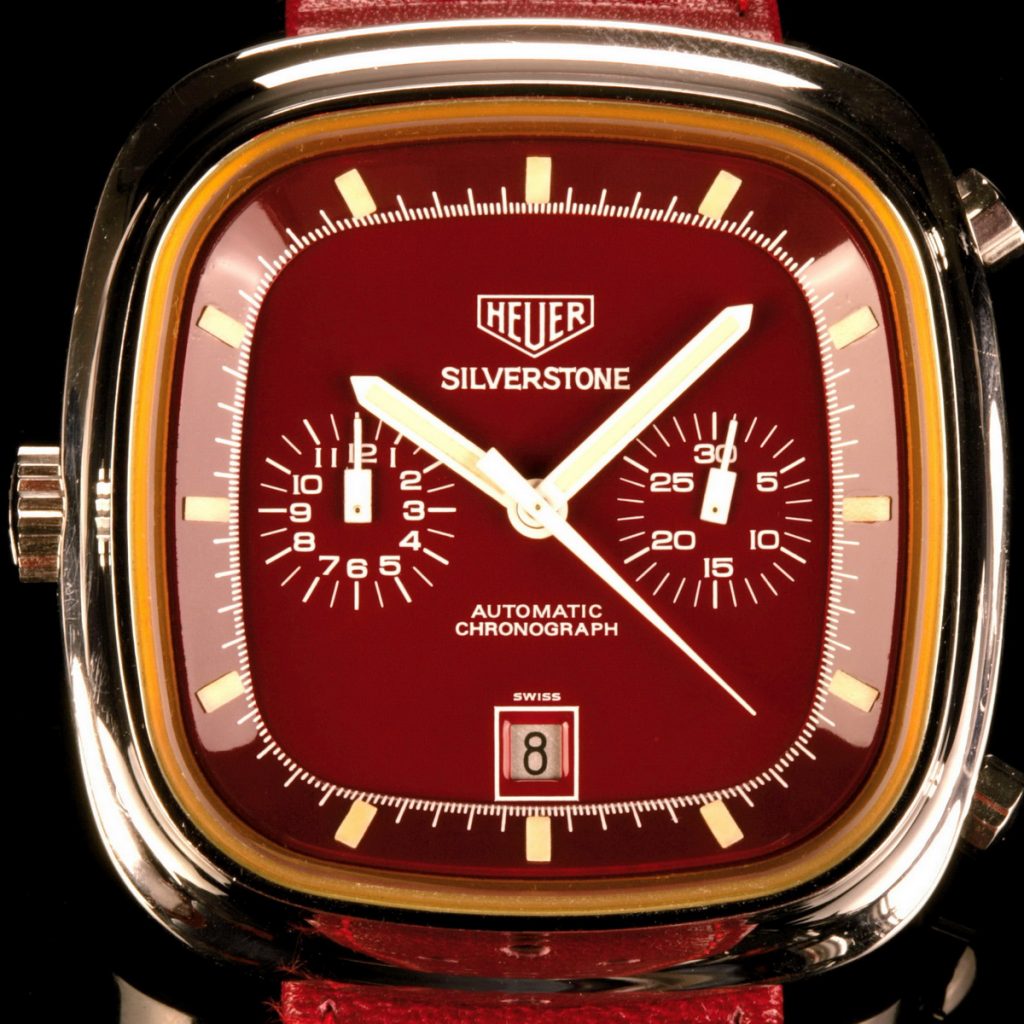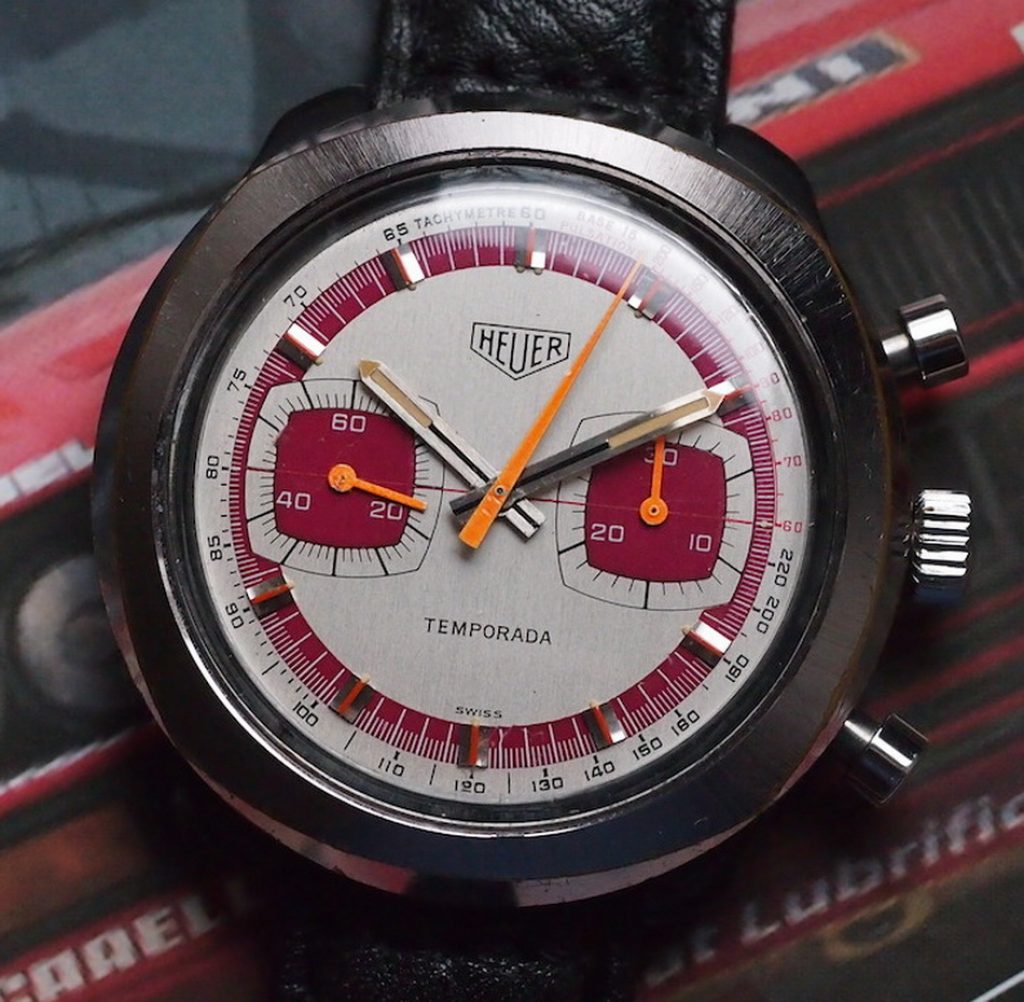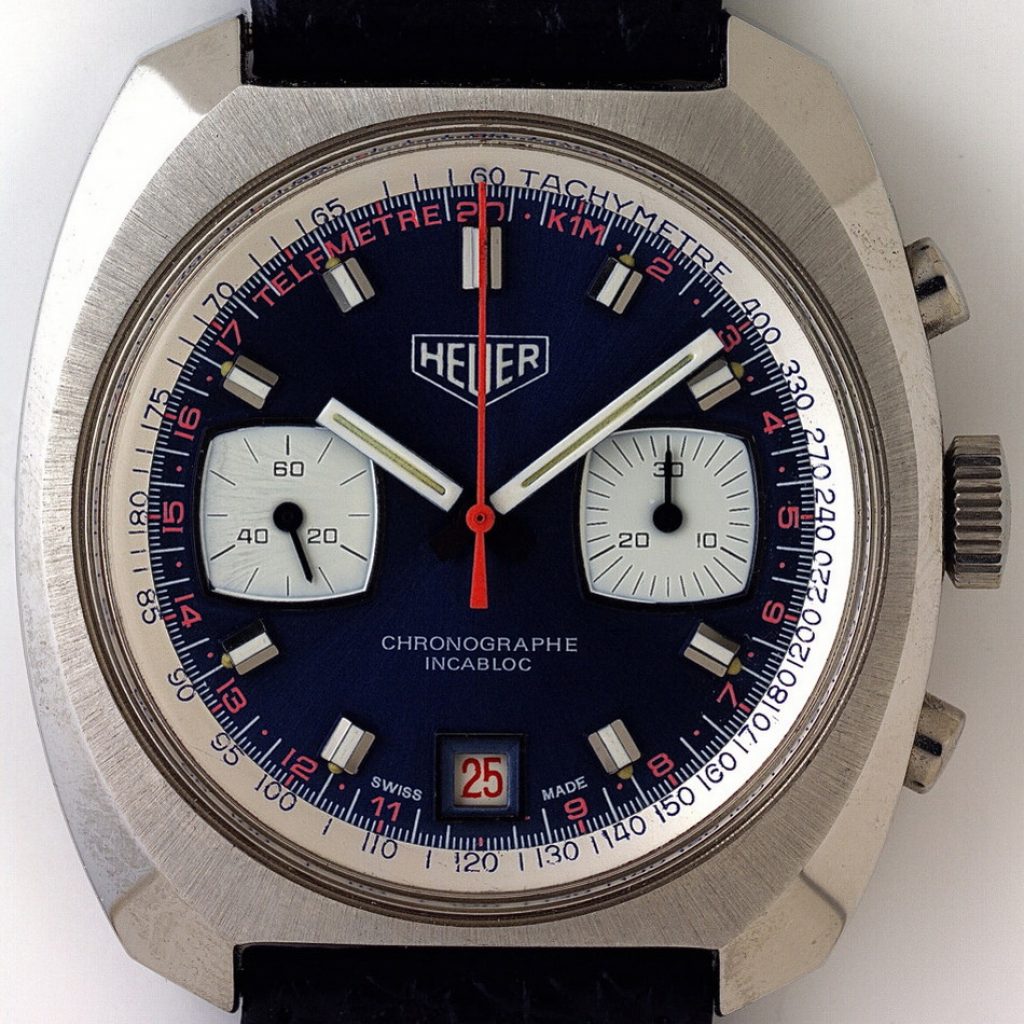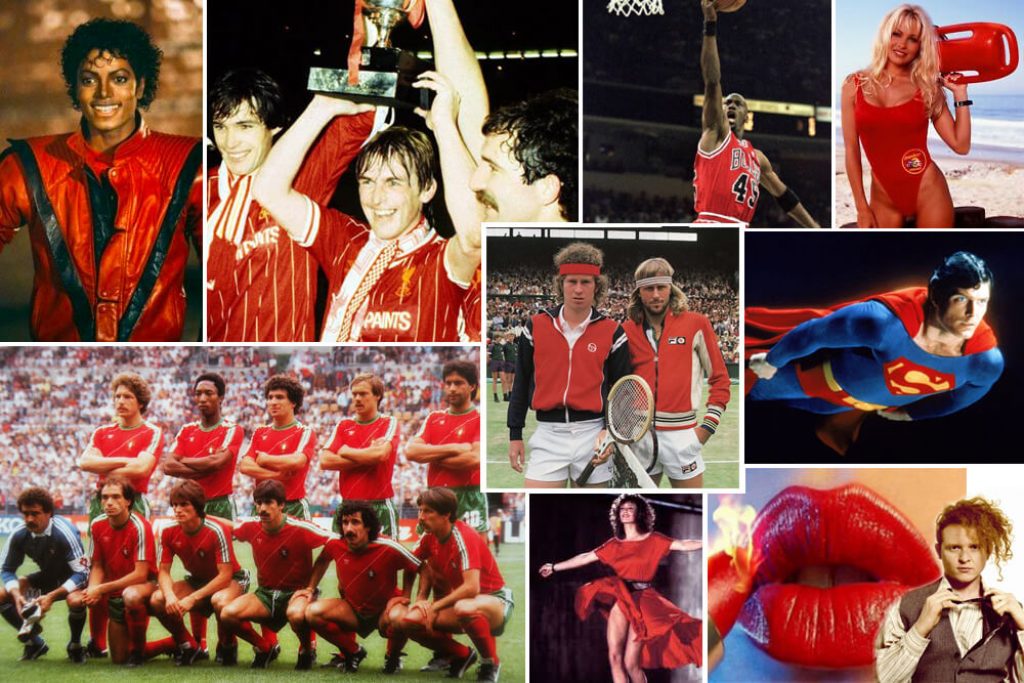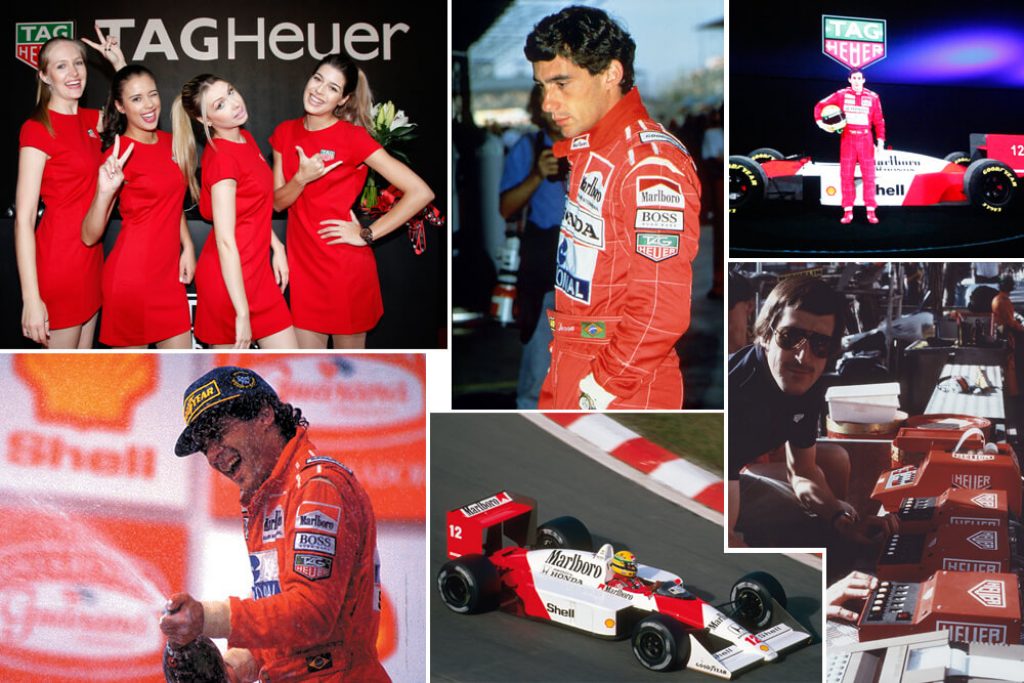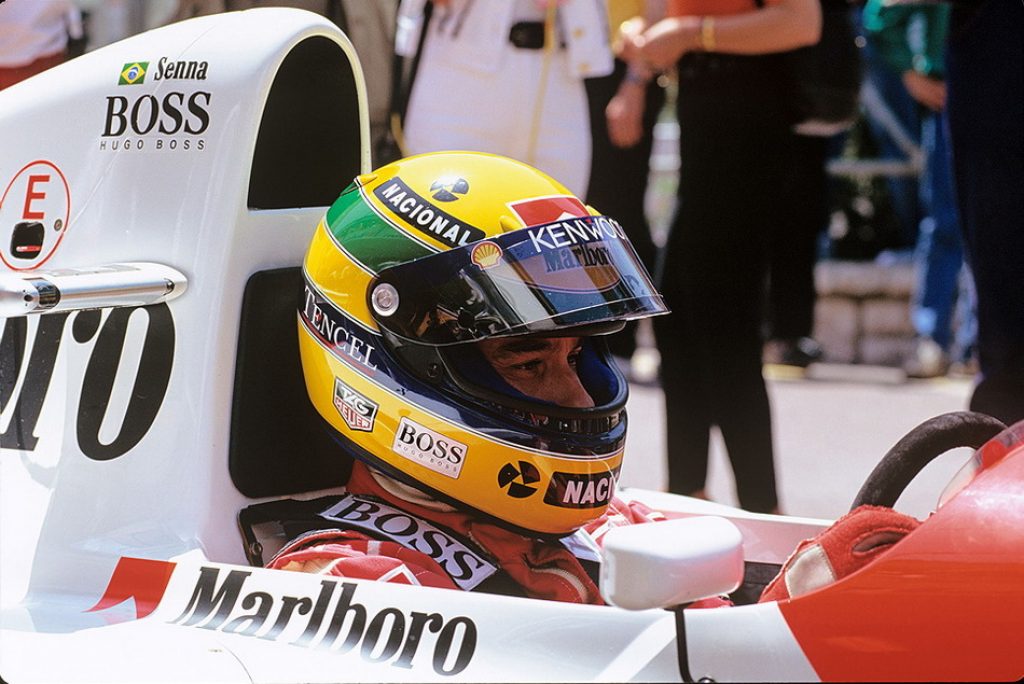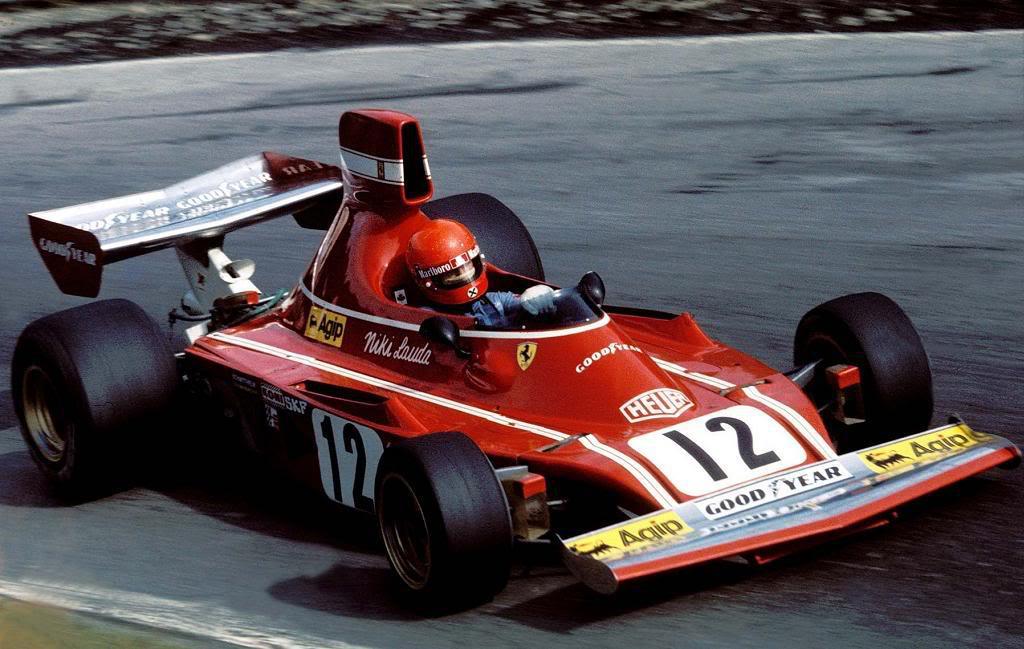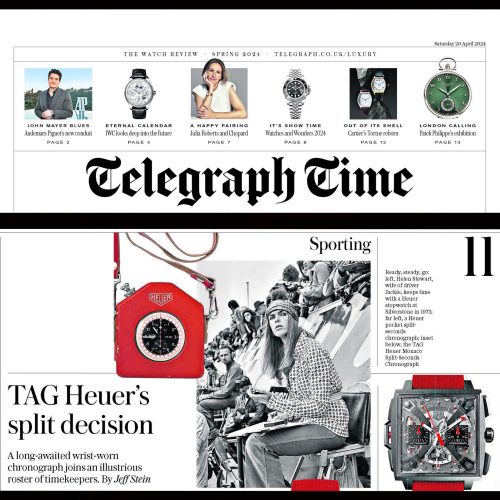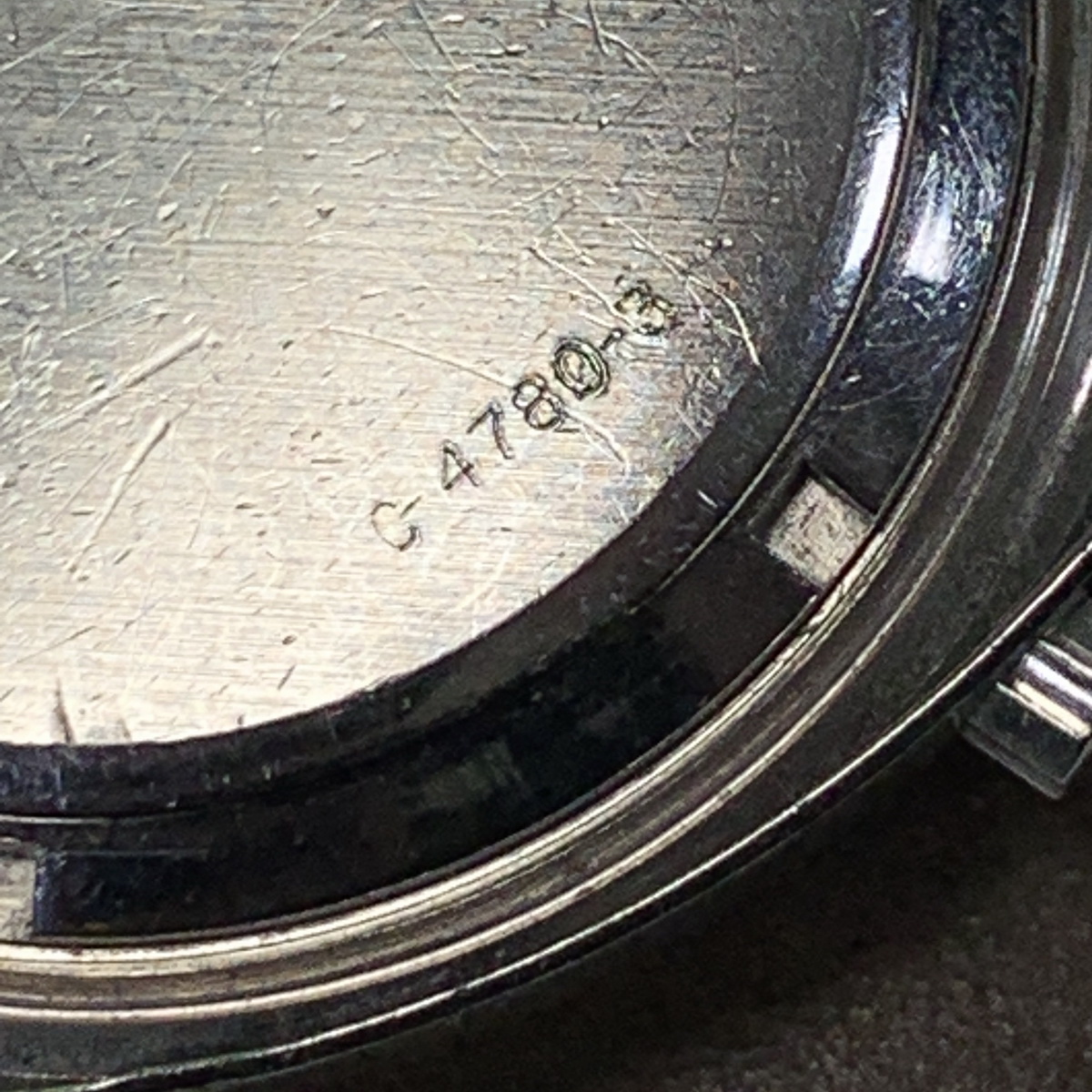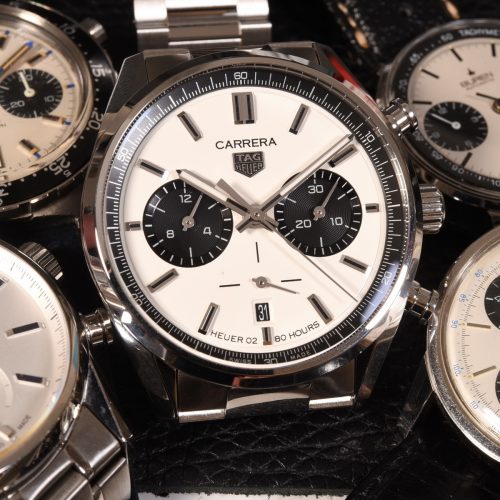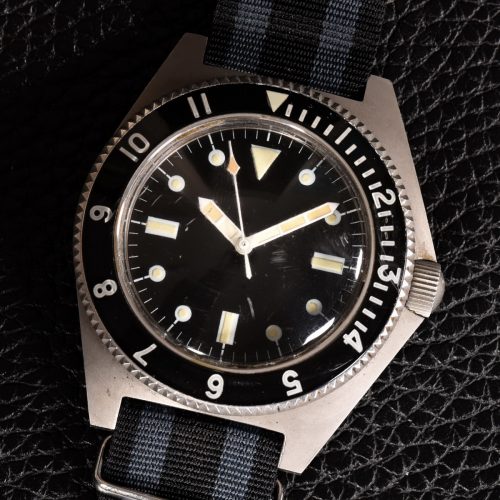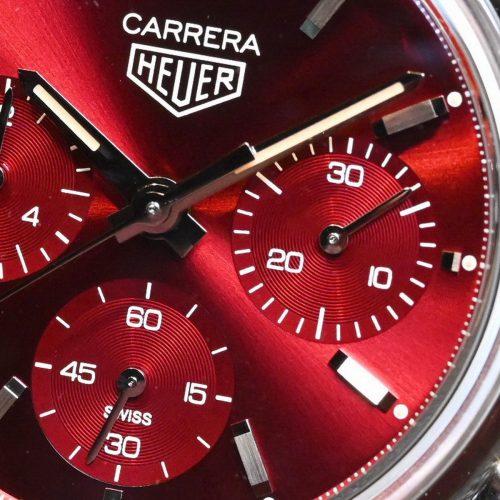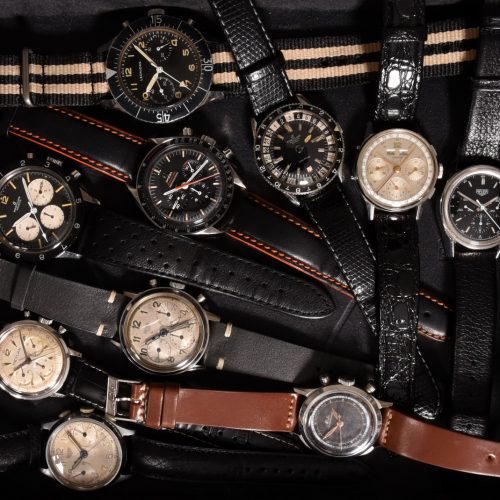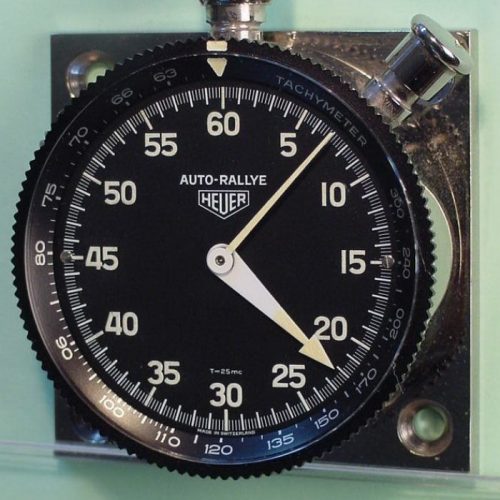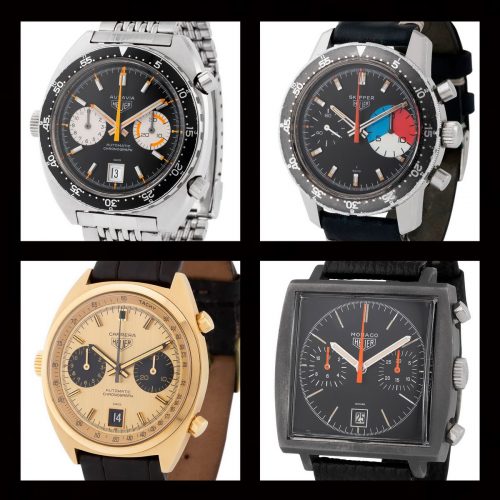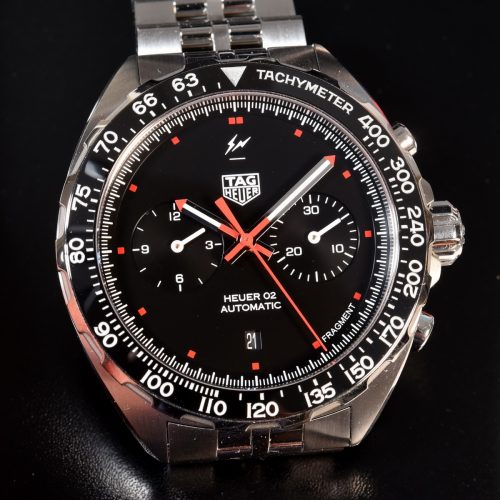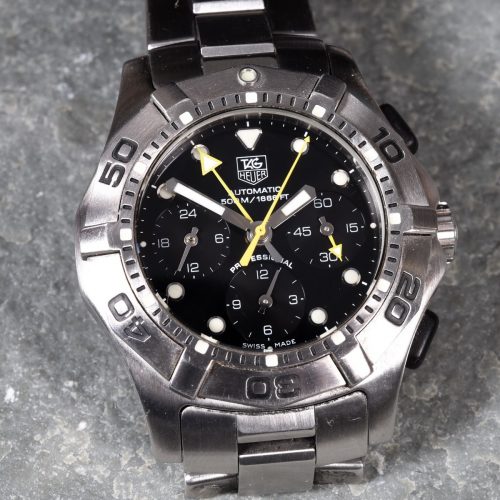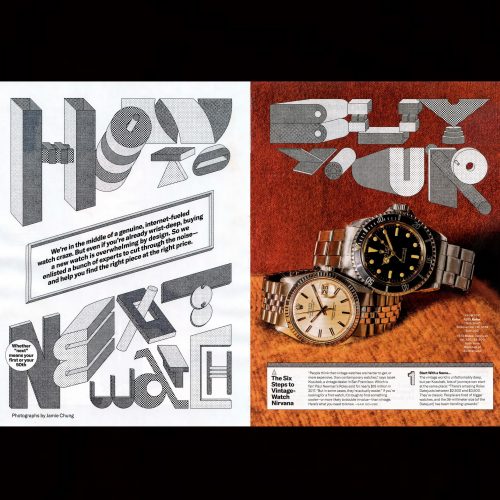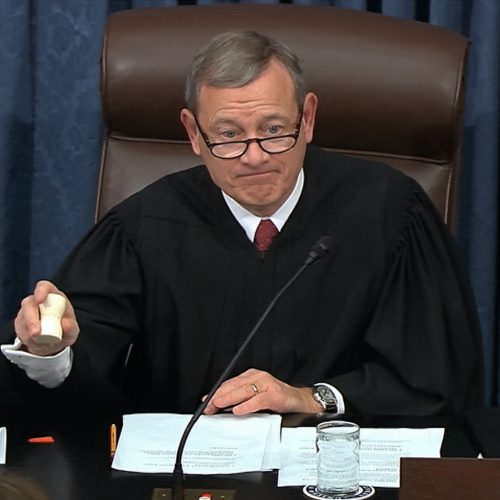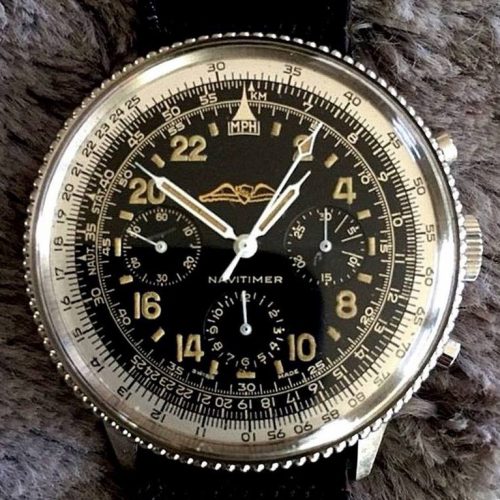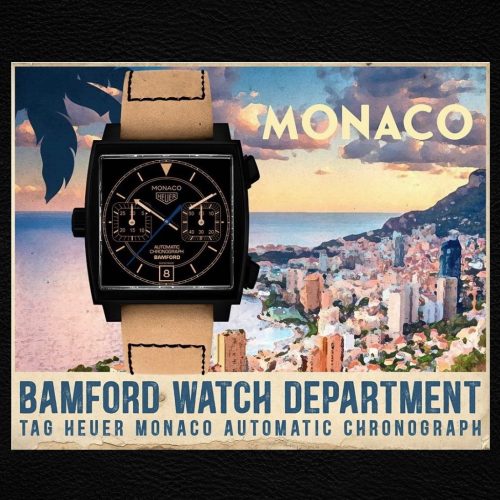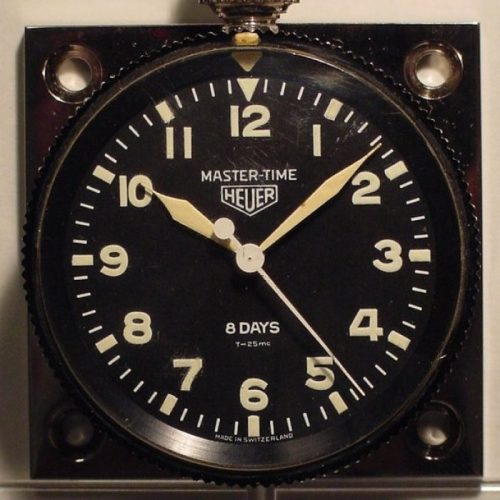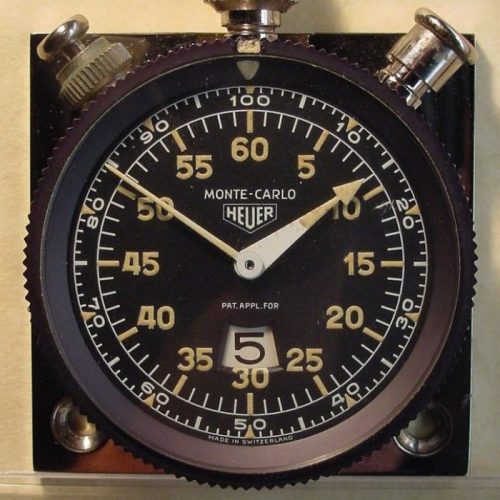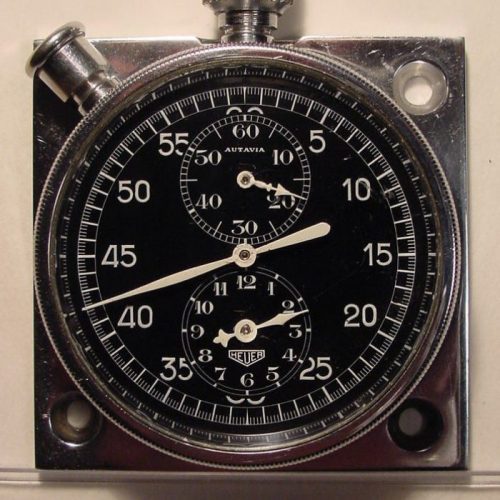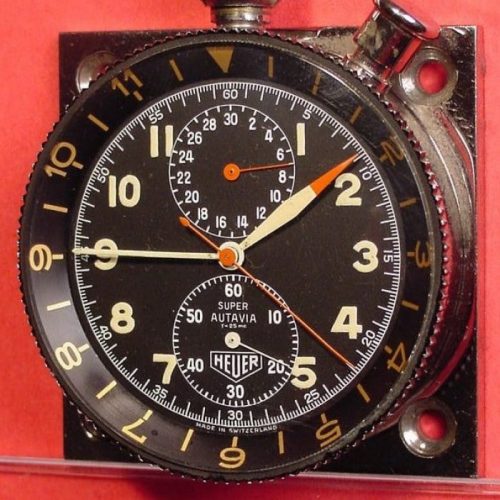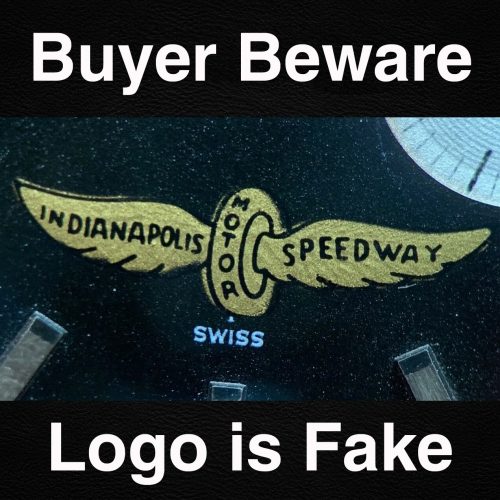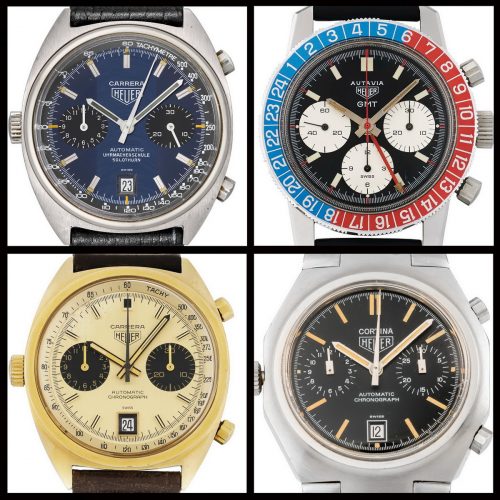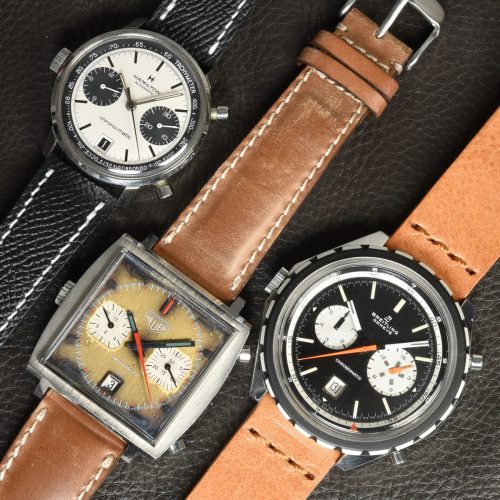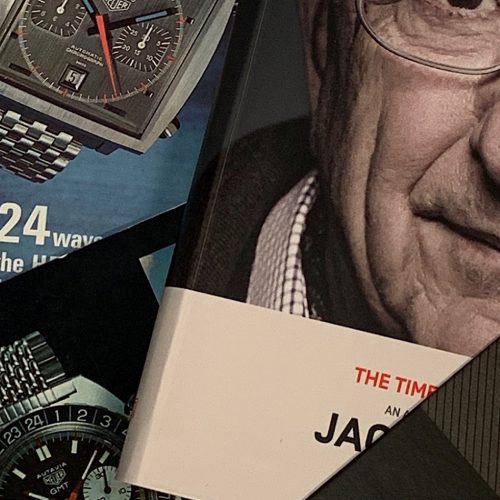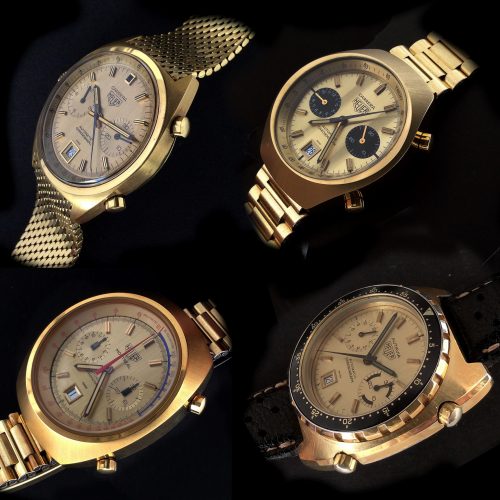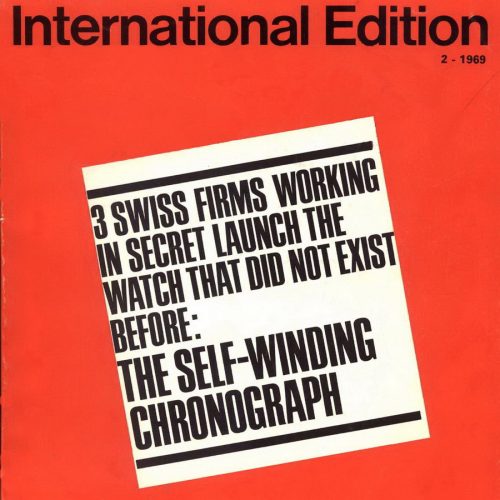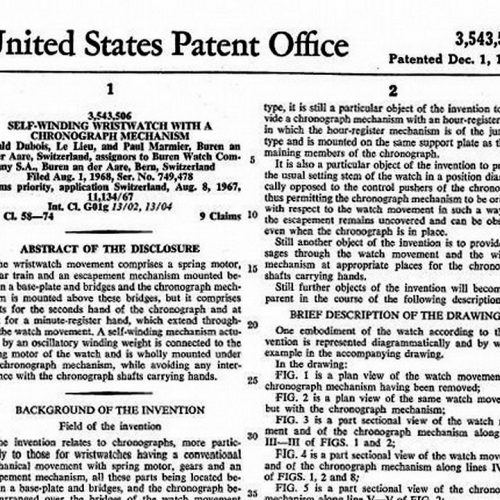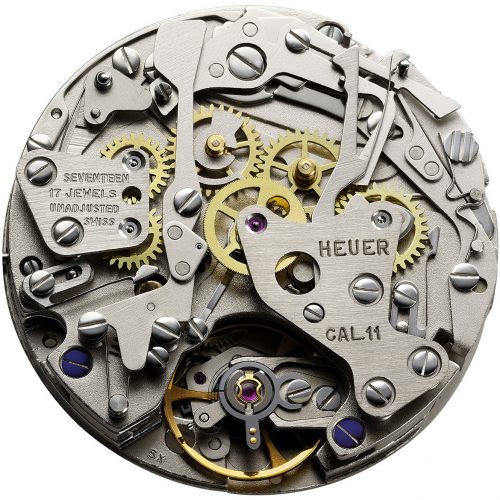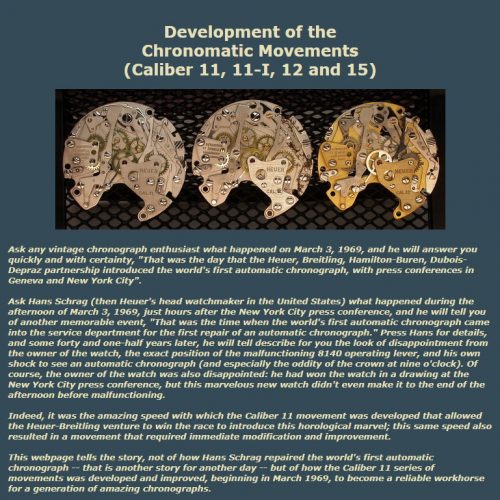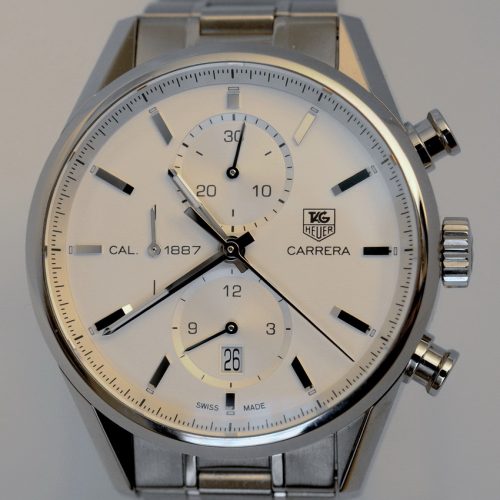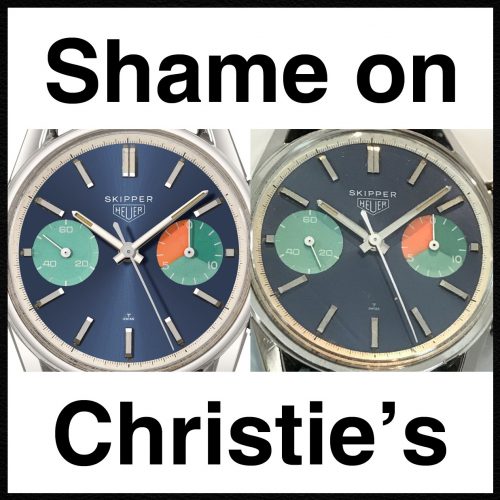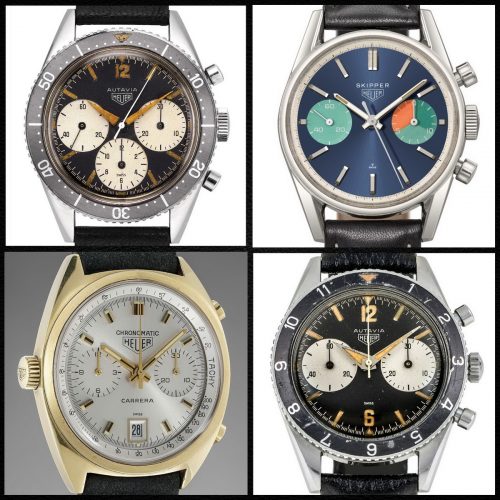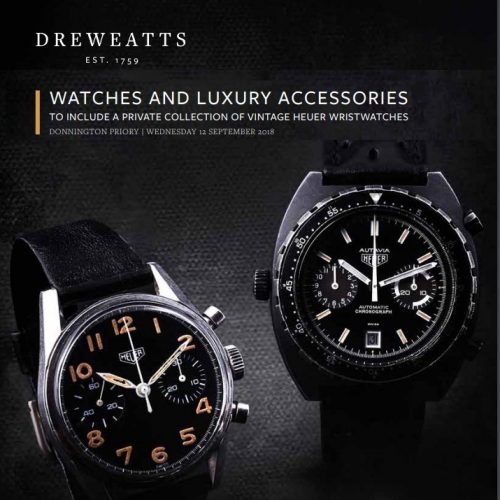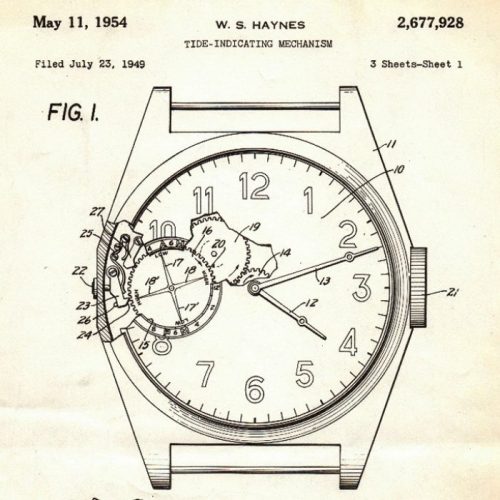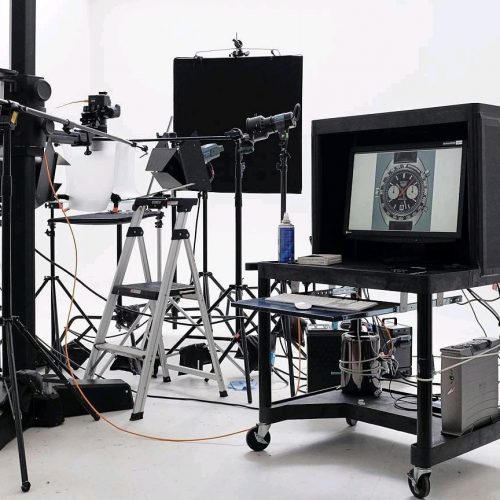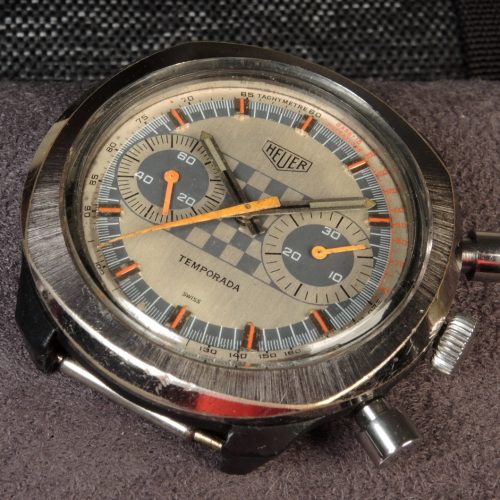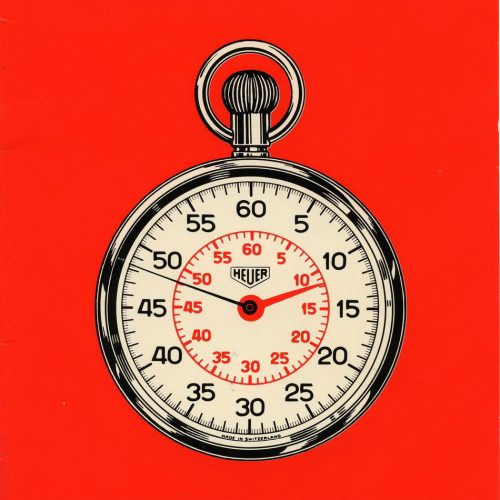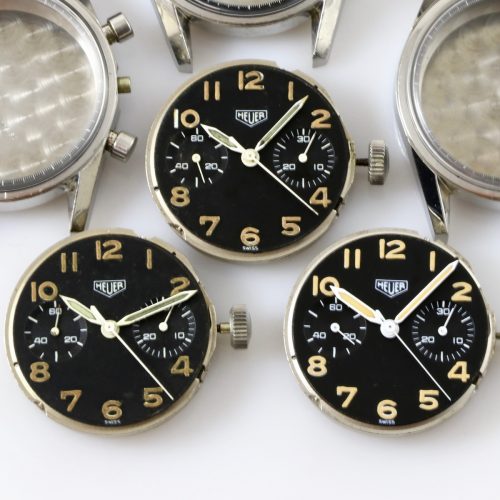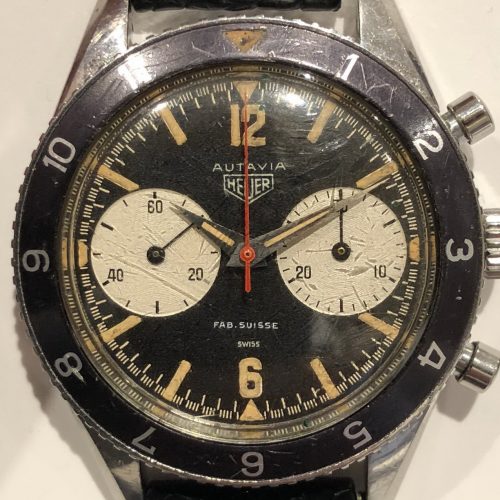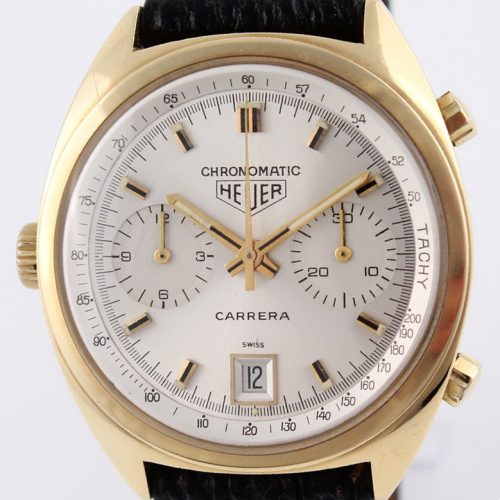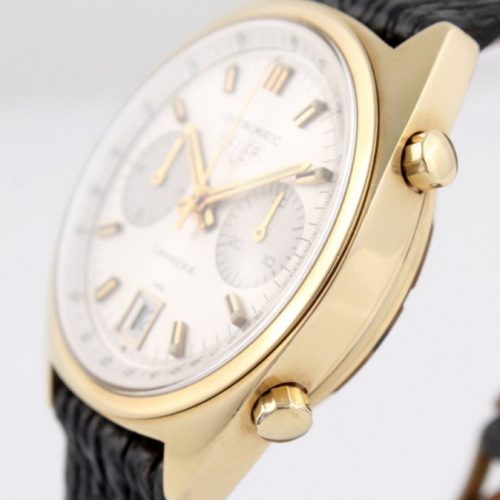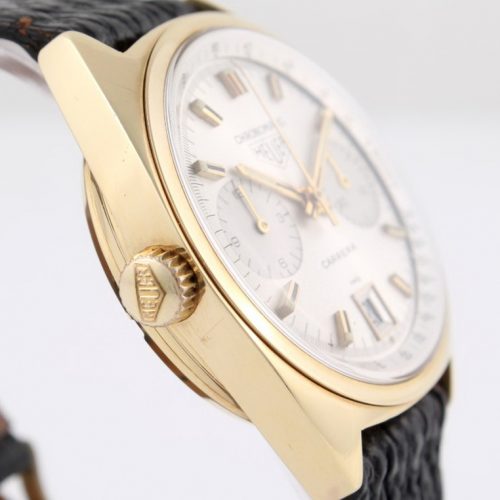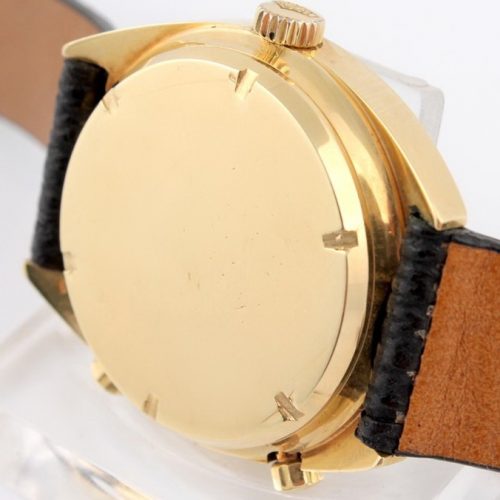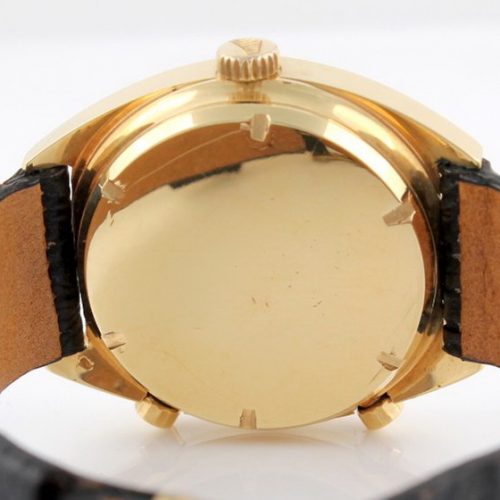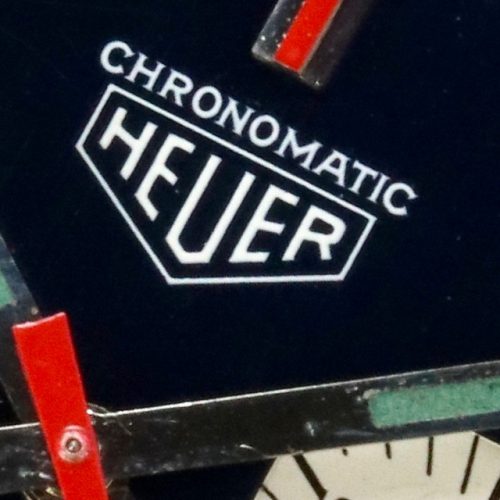Today, TAG Heuer introduced the second of the five Limited Edition chronographs that will mark the 50th Anniversary of the Heuer Monaco. Now that we have seen two of the five Monacos in the series, we can get some perspective on what these first two watches represent and what we might expect from the remaining three watches.
The 50th Anniversary Limited Edition Monacos
TAG Heuer is celebrating the 50th Anniversary of the Monaco through the introduction of five Limited Edition models, each to be produced as a series of 169 watches (so that there will be a total of 845 of the 50th Anniversary Limited Edition Monacos). Each of the five models will represent a different decade in the life of the Monaco, with the first watch representing the years 1969 to 1978 (the “1970s”) and the second one representing the years 1979 to 1988 (the “1980s”).
The first model, representing the 1970s, was released during the Monaco Grand Prix weekend, and today, as part of the 24 Hours of Le Mans weekend, TAG Heuer has introduced the second model, representing the 1980s. Let’s take a look at how these first two Monacos represent their decades. My impressions are based only on photos of the two watches, as I have not seen either of the watches “in the metal”.
The 1970s Monaco – Psychedelic Green
When TAG Heuer introduced the Limited Edition Monaco for the 1970s, the company stated that each of the five models would capture the trends, colors and styles that characterized each decade.
Indeed, we look at the deep green color, the strong vertical stripes, and the wavy Côtes de Genève pattern pattern on the dial of the first Limited Edition Monaco, and there is no doubt that this watch evokes the style of the 1970s. The design of the dial resembles an album cover or poster from the 1970s. Whether it’s Led Zeppelin, Pink Floyd, Boston or Aerosmith, or the disco culture that dominated the end of the decade, with the green dial and its funky stripes, this Monaco definitely captures the feeling and culture of the 1970s.
Depending on the lighting, the color of the dial seems to vary between green, gray and brown. The registers are gray, with a starburst finish. The dial features amber lume, and orange / brown dots and accents. The running seconds recorder has orange “racing stripes” going around two of the corners, as were used on some of the Autavias from the early 1970s.
The first of the Limited Edition Monacos has been well-received, with the 169 watches selling out very quickly.
The Monaco for the 1980s
On Friday, June 14, 2019, as part of the 24 Hours of Le Mans weekend, TAG Heuer has introduced the second 50th Anniversary Limited Edition Monaco, this one representing the decade of the 1980s. The dial is red, with a starburst finish, and two gray registers. The registers are outlined in black, with black also being used for the hour markers on the dial and the triangular tips of the hands.
In terms of its style, this Monaco for the 1980s actually seems to be rooted deeply in the early 1970s. The only Heuer chronograph with a solid red dial was the Silverstone, from 1972.
In terms of the style of the registers on the newest Monaco, we see this “rounded square” in two watches from the Heuer heritage portfolio — the Temporada, which was introduced in 1971, and the controversial Reference 905, which was likely introduced circa 1979.
The registers on the newest 50th Anniversary Monaco are closest in style and construction to the Reference 905 chronograph, shown below. This chronograph never appeared in a Heuer catalog (which also happened with some authentic Heuer chronographs), movements are not marked “Heuer” and the authenticity of the watch has been the subject of debate among collectors, for many years. The Heritage Director at TAG Heuer suggests that the Reference 905 is an authentic model, produced by Heuer in the late 1970s.
But we have to keep in mind that with the 50th Anniversary Monacos, TAG Heuer was not promising to incorporate a style for each of the five decades, but rather is incorporating a theme from each decade. In any event, given that the Monaco case was very much a creation of the 1960s or 1970s, we can’t expect TAG Heuer to incorporate the style of the 1980s into the watch. And it is a legitimate puzzle, to imagine what the style of the 1980s would have been.
The 1980s Monaco – Racing or Rust?
With the introduction of the Limited Edition Monaco for the 1980s, TAG Heuer appears to have taken a different approach. Rather than seeking to capture the culture of the 1980s, whatever that might have been, TAG Heuer announces that this Monaco represents the red hot racing of the decade. No album covers, posters or disco balls with this newest Monaco, just racing, pure and simple.
With Jody Scheckter capturing the Formula One world championship in a Ferrari in 1979, to Niki Lauda and Alain Prost in their red and white McLarens in the middle of the decade, and adding Ayrton Senna in his McLaren in 1988, the 1980s was a decade of racers who wore Heuer and TAG Heuer chronographs. And red seems to be the right color for these racers, whether from the Ferraris or the McLarens. [We can tip our hats to Nelson Piquet, and his three championships in the decade, with the green Monaco of the 1970s, a fitting connection to Piquet and Brazil.]
And this was a decade of highly-competitive racing. It wasn’t about fuel strategy or the type of tires a team chose; instead, there was wheel-to-wheel racing on the track. In 1979, we saw one of the great battles in Formula One history, as Gilles Villeneuve and Rene Arnoux battled in the French Grand Prix at Dijon. In the middle of the 1980s, unlimited turbo boost allowed the 1.5 liter engines to produce over 1,000 horsepower. The Formula One decade closed with intense battles between Senna and Prost. So we can agree that red is likely the right color for the racing of the 1980s.
Knowing that the first Limited Edition Monaco represented the culture of the 1970s, I expected the second Limited Edition to also capture the culture of a decade. So when I first saw the Limited Edition Monaco for the 1980s, I will admit to seeing something different from the 1980s – not racers and racing, but rust. Indeed, with interest rates hovering at around 20% in the early years of the decade, and the strong dollar limiting the ability of U.S. manufacturers to export goods, the 1980s saw the development of the “rust belt” across traditional manufacturing states, from New England across to the Upper Midwest. Yes, the technology of the 1980s produced the first PCs and the first McIntosh computers, along with the first music videos, but for much of America, the decade was represented by the “rust” that began to spread across the country’s industrial heartland.
Update — Writing in Espiral do Tempo, on June 17, 2019, Miguel Seabra makes the case that the 1980s was, in fact, the decade of red. Seabra considers imagery from the worlds of Formula One racing, other sports (tennis, basketball and soccer), music, automobiles and television to suggest that red was a dominant color in the 1980s. Posted below are two collages that were included in the Espiral do Tempo posting.
The Espiral do Tempo is written in Portuguese. For our readers who might prefer reading in English, Seabra posted an interesting message in the OnTheDash discussion forum, summarizing the case for red being the dominant color of the 1980s.
Monacos in Green and Red — Senna and Lauda?
Looking at the first two 50th Anniversary Limited Edition Monacos, a different type of tribute comes to mind.
Rather than seeing the culture of two decades or the entire racing scene of the 1970s or 1980s, perhaps the vintage Heuer enthusiasts will do well to see the green Limited Edition Monaco as a tribute to TAG Heuer ambassador Ayrton Senna (and his beloved Brazil) and the red Limited Edition Monaco as a tribute to Niki Lauda, a beloved Heuer enthusiast and Formula One world champion who passed away less than a month ago.
Yes, let’s do that . . . rather than seeing the album covers or posters of the 1970s, and the red mist of racing in the 1980s, let’s see these first two Limited Edition Monacos as tribute to two of the greatest racing heroes associated with TAG Heuer. We’ll have the “Senna Monaco” in green and the “Lauda Monaco” in red.
